Every country has a dish that makes people think of their homeland. For Vietnam, it could be a hot bowl of pho in the morning, or a loaf of bread filled with fillings on the street corner. Not being elaborate dishes or delicacies, Vietnamese bread and pho always have something that makes people stop to enjoy and feel.
Let's explore these two special dishes with MLifeOn through the article below.
Vietnamese Bread - A creative touch in Vietnamese cuisine
No one is unfamiliar with Vietnamese bread with a thin crust, light, crispy inside but full inside. But to have that "national soul", Vietnamese bread had to go through a very long journey.
Not a dish originating from Vietnam, bread is an imported dish and has been gradually adjusted to take on the unique appearance of Vietnamese cuisine.
From the French Baguette when setting foot in Indochina, the Vietnamese have quietly transformed and changed this dish by baking and mixing the dough. Those accidental but miraculous creations have transformed the Baguette, which is originally a long stick shape, solid inside, into a shorter, smaller, crispier and easier to hold and transport type of bread. And that is the first version of Vietnamese bread - a familiar dish, almost covering all the streets of Vietnam.
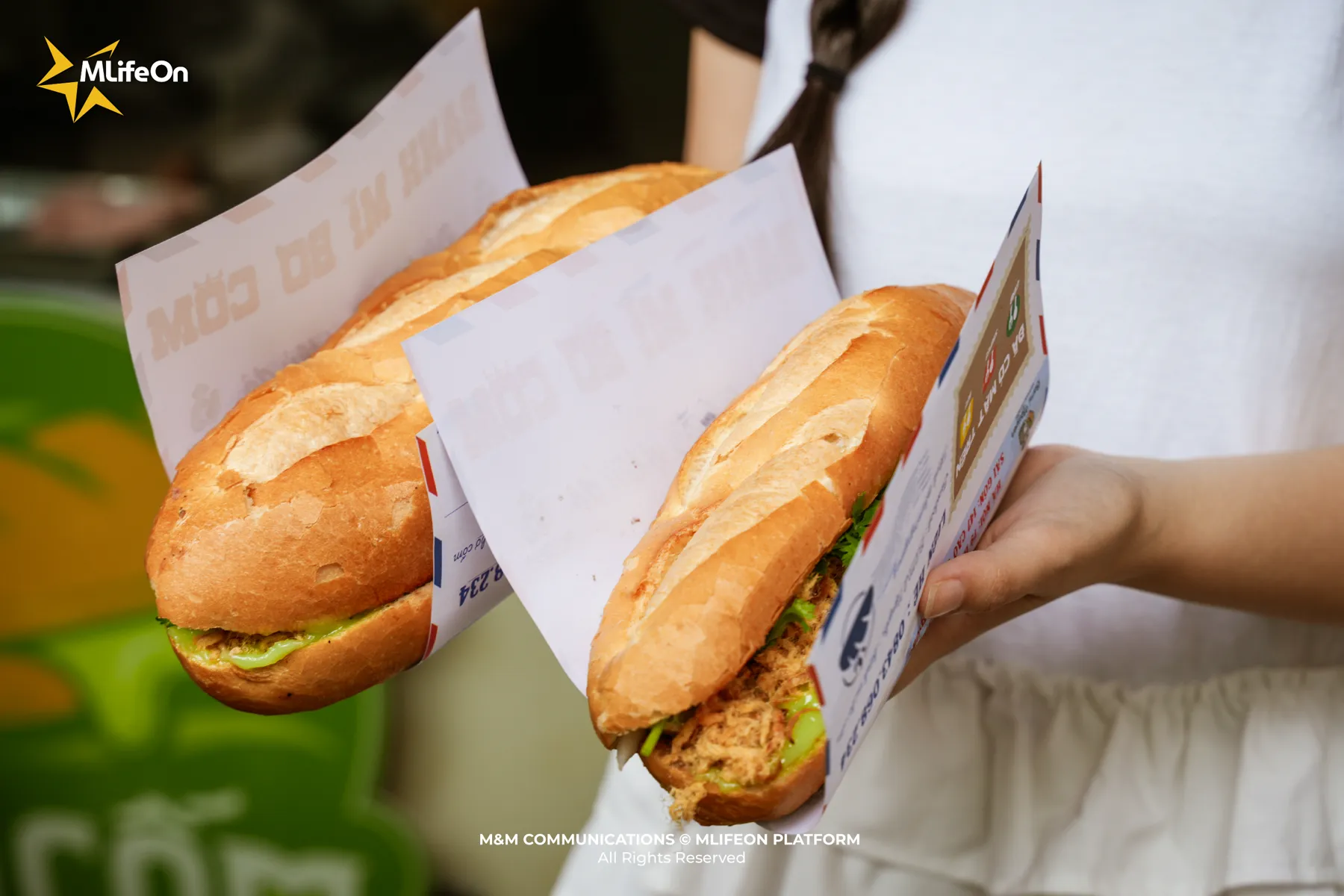
With the flexibility in processing and mixing ingredients and ingredients when Vietnamese’s people cook, Vietnamese bread has gradually diversified its inside with all kinds of fillings - from roast pork, ham, meatballs to eggs, canned fish, ... With each type of filling, Vietnamese people have their own sauces, combined with cucumbers, onions, coriander, pickles. Meat, sauce, and vegetables - all are stacked on top of each other - many, diverse, but do not overwhelm or cause conflicting flavors.
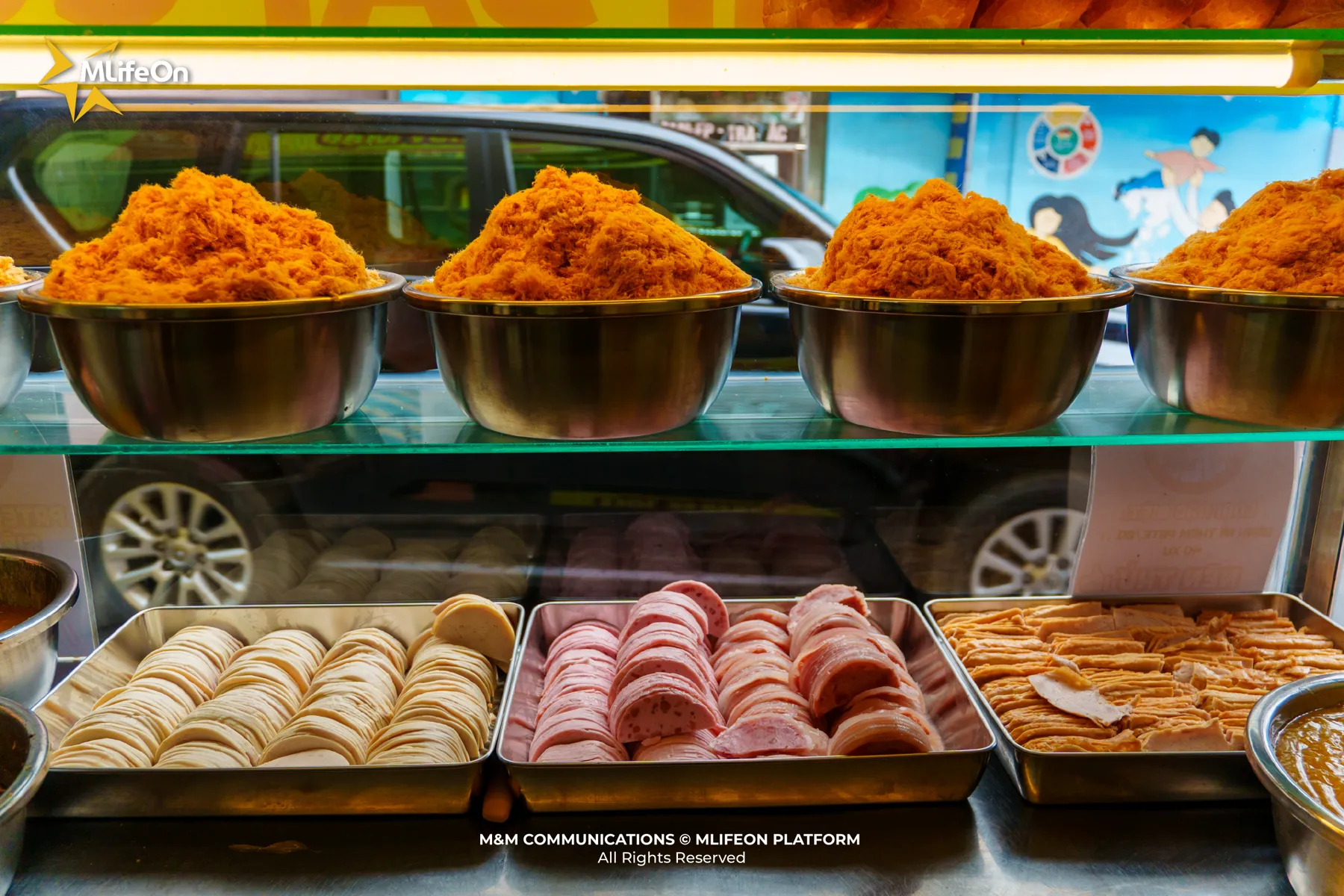
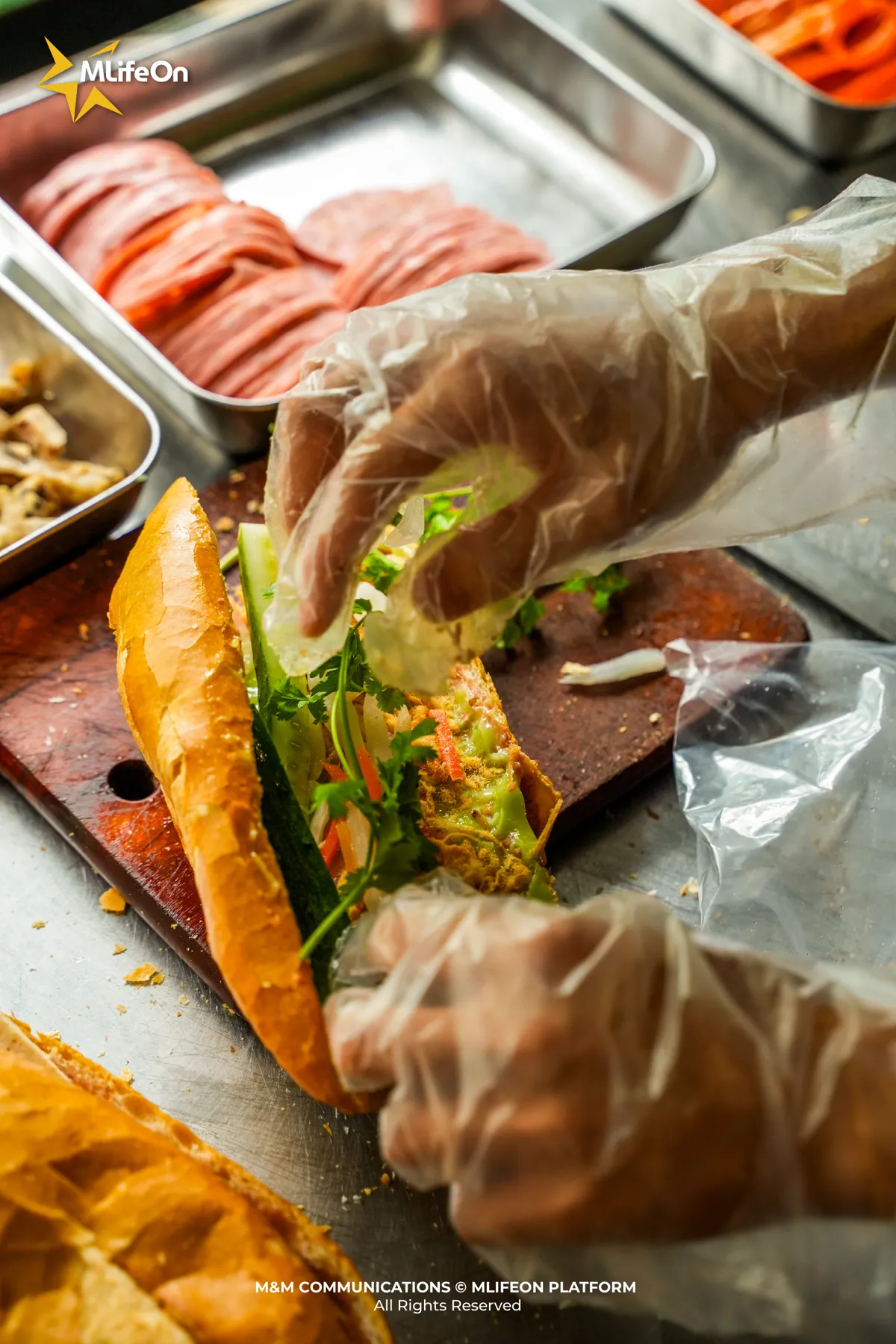
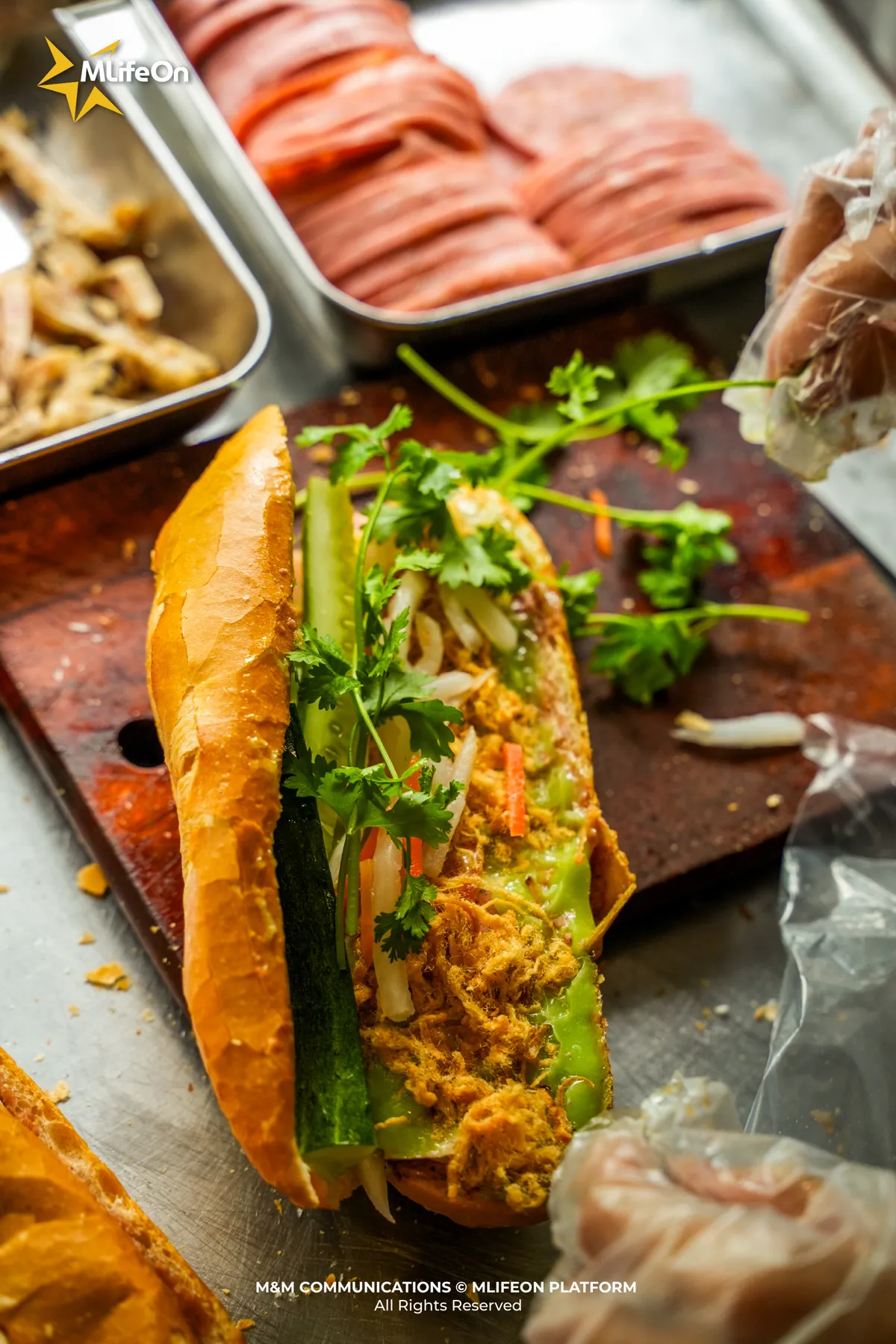
From being a "foreign" dish, Vietnamese bread has gradually become a symbol of Vietnamese street food. No need for tables and chairs, no distinction of class, banh mi conquers diners with its simplicity, but still full of its quality.
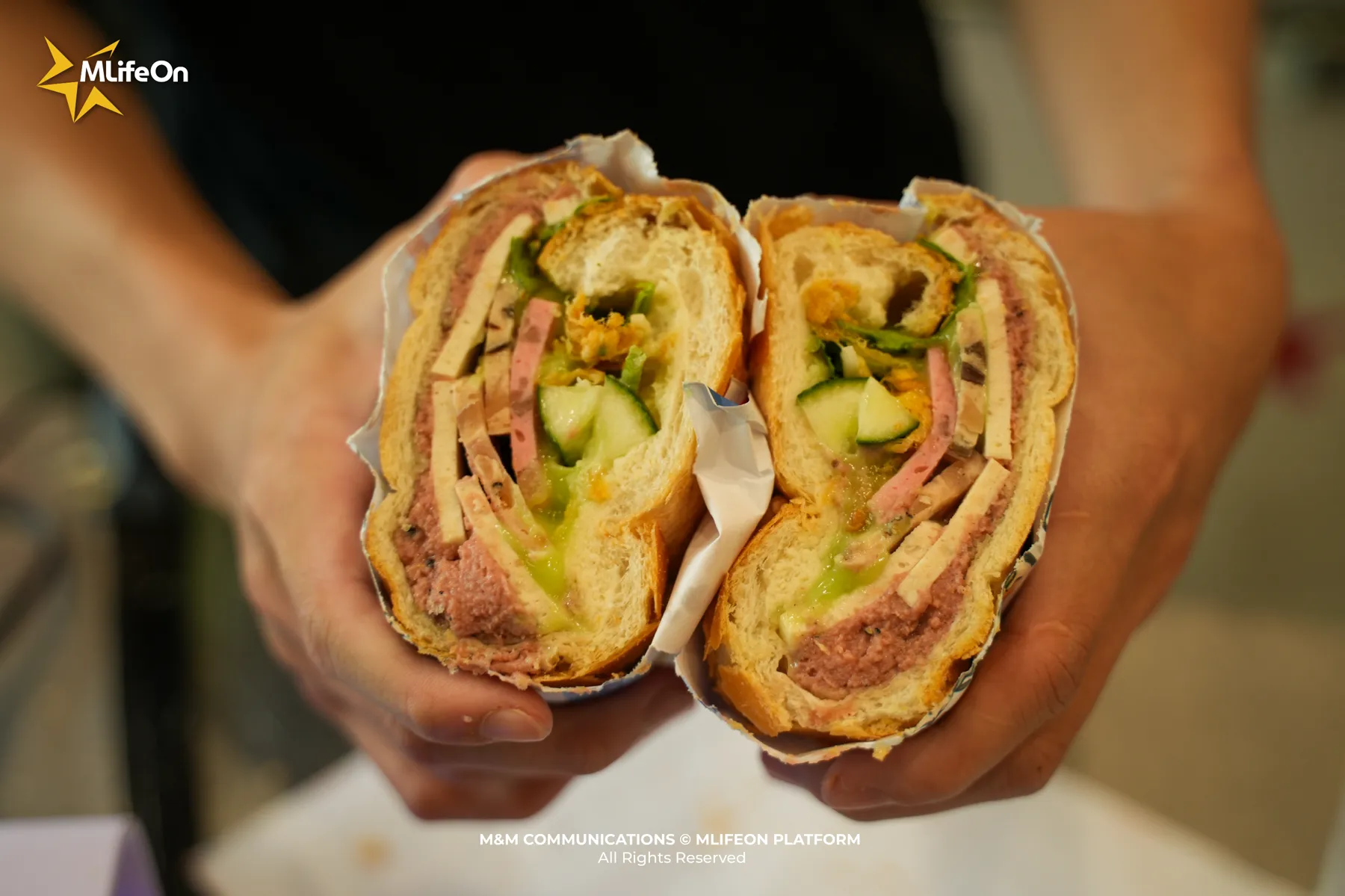
Pho – Delicious food that captures the Vietnamese soul
Pho is unlike any other dish. Each region has its own way of cooking, each family has a different secret, but a delicious bowl of pho always has a smell that anyone who goes far away will remember.
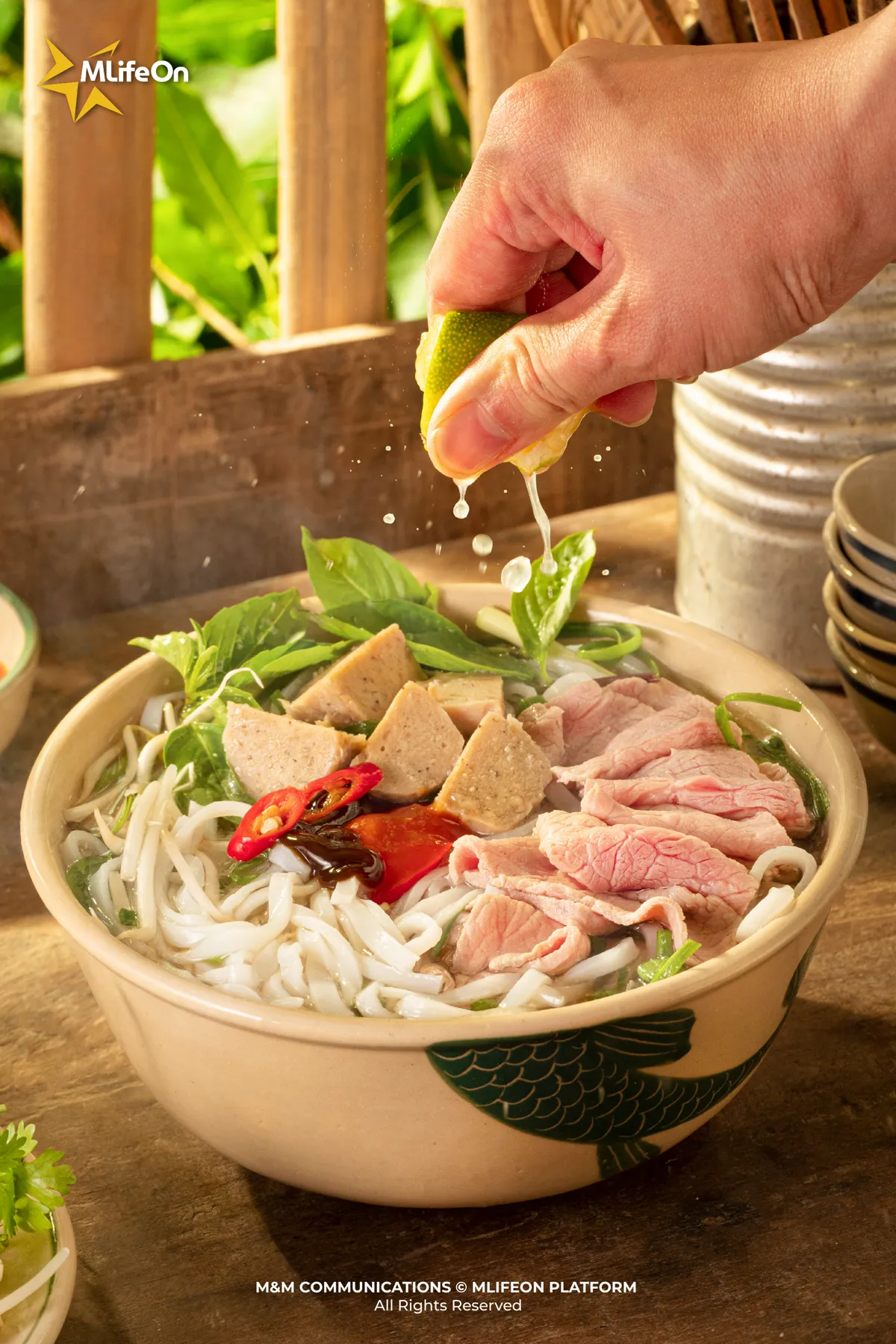
The first impression of pho is said to have appeared before 1910, when images of pho street vendors were engraved in the folk painting series “Technique du Peuple Annamite” (Technique of the Annamites) by Henri J. Oger in Hanoi. Not just a painting, it is the first visual evidence of a traditional dish that has been imprinted in the memories of many Vietnamese people.
According to the essay “One Hundred Years of Vietnamese Pho” by Trinh Quang Dung, pho was born in the context of extensive cultural exchange between the Vietnamese, Chinese and French in Hanoi in the early 20th century. Specifically, at that time, the French colonialists, in order to serve their demand for steak, tried to slaughter cows - the animal considered the main draught animal of Vietnamese farmers. Because cows were slaughtered on a large scale, and the French only used the main meat to make steak, the excess bones and scraps of meat, which were considered surplus, became an opportunity for street vendors. They used this surplus to transform it into a new dish - a dish with beef broth cooked with flat pho noodles.
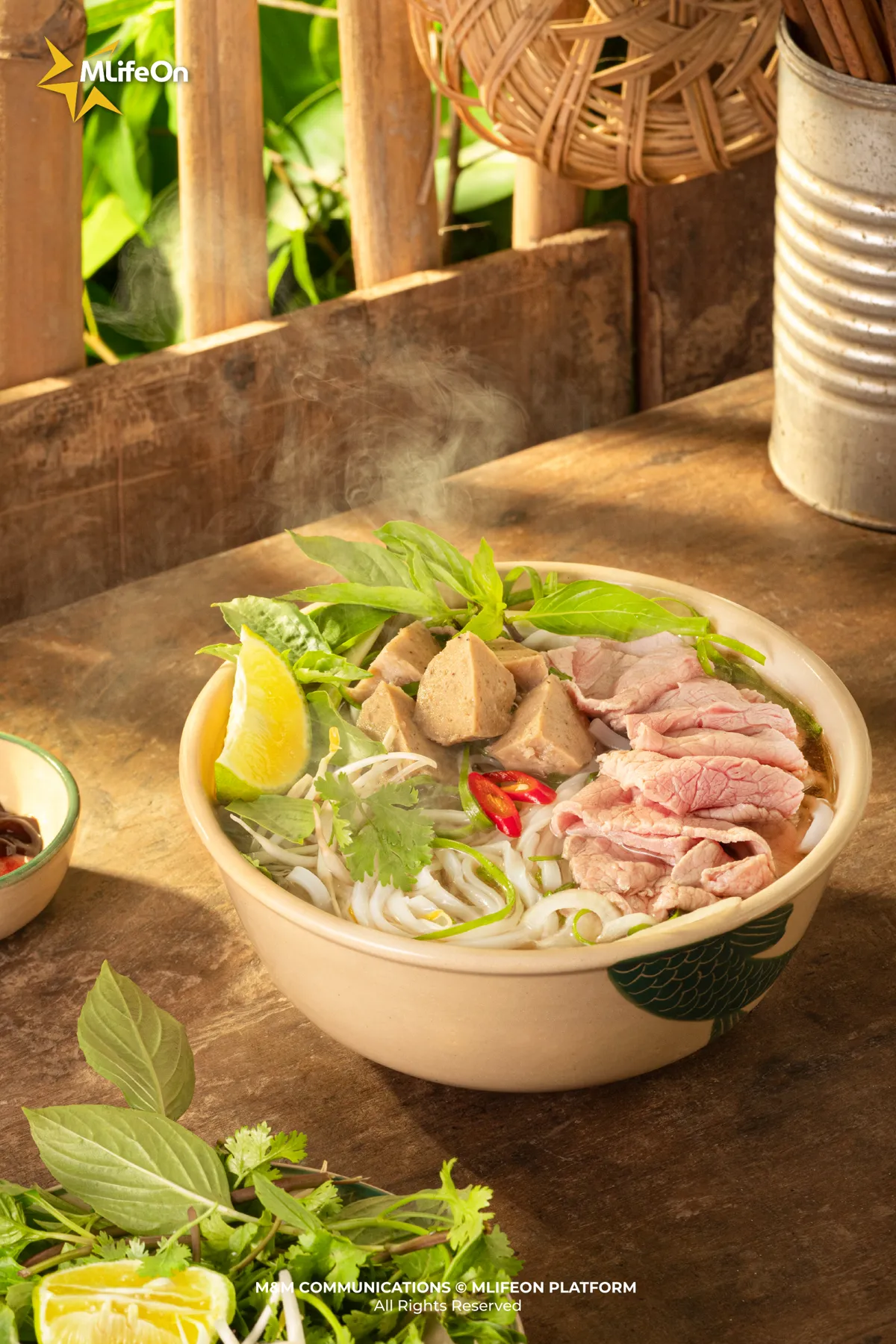
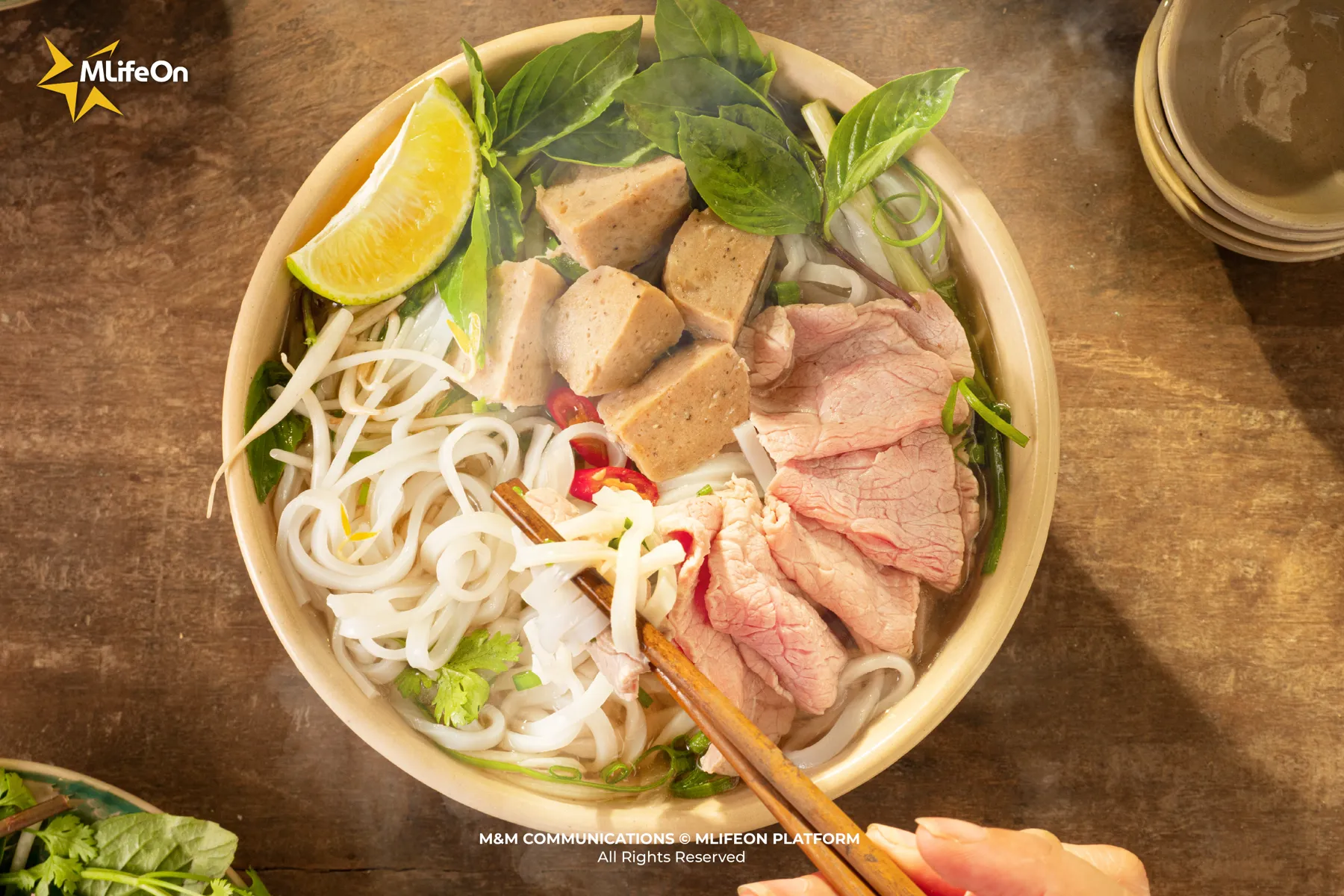
From a dish that "made use of leftover ingredients", pho became a street food - a place where all classes gathered. From merchants, soldiers, people traveling by boat from China, France to Vietnamese locals.
At that time, a bowl of pho became the intersection of the times, of culture, and of Vietnamese flexibility.
Someone once called pho "nguu nhuc phan" - meaning "beef noodles" - due to its similarity to the beef soup from Yunnan. But the way Vietnamese people added cinnamon, star anise, roasted ginger, cardamom, and adjusted the flavor to suit their own taste gradually freed this dish from the influence of its original name.
From then on, pho was no longer a dish of any particular community, but became a common flavor in the hearts of Vietnamese people.
A bowl of pho is not only a combination of broth - noodles - meat, but also the crystallization of history, of improvisational intelligence, and of the sophistication of Vietnamese cuisine: knowing how to cherish, knowing how to harmonize, and knowing how to create unique flavors from things that seem very ordinary.
Pho and Banh Mi - where in the current pace of life
Nowadays, when Vietnamese cuisine is increasingly rich with imported dishes such as fried chicken, hamburgers, sushi or udon noodles, ramen, ... are pho and Vietnamese bread still "in style"?
It probably won't take too much time to find the answer to this question. Along the streets of Vietnam, besides the Korean, European, and Chinese restaurants that are springing up more and more, Vietnamese restaurants that are delicious and make people fall in love are still there, not overshadowed by "foreign friends". And Vietnamese bread and pho - two dishes that represent Vietnamese cuisine are the same. The appearance of foreign dishes does not make the taste of these delicacies cool down or reduce the number of people enjoying them, but it helps to further affirm the position of Vietnamese cuisine.
Pho does not need elaborate toppings, Vietnamese bread does not need to be served in a luxurious setting to still be present there - in the consciousness of every Vietnamese person.
It is undeniable that today's cuisine is diverse, but the role of iconic and familiar dishes to generations of Vietnamese people such as Pho and Banh Mi is irreplaceable.
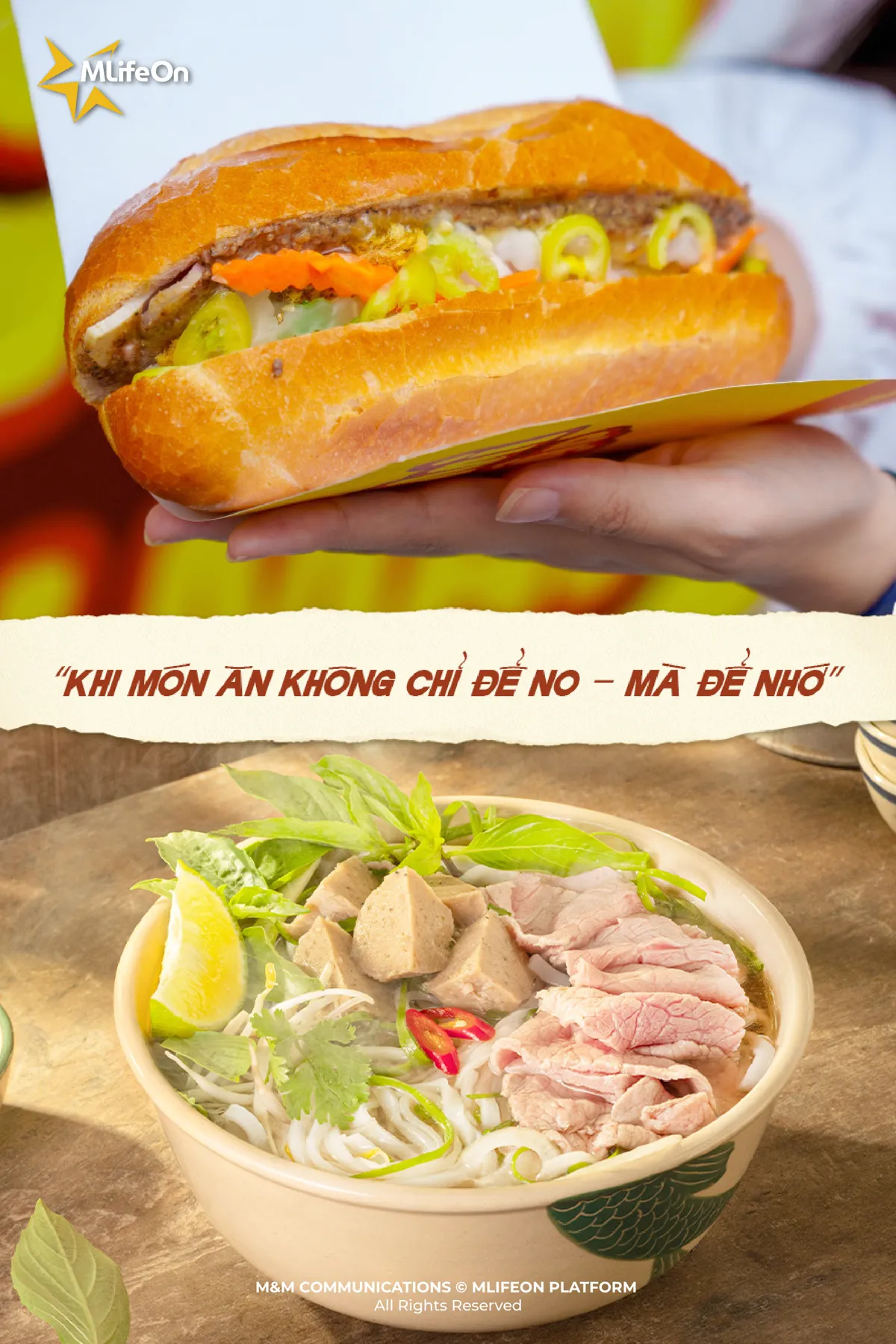
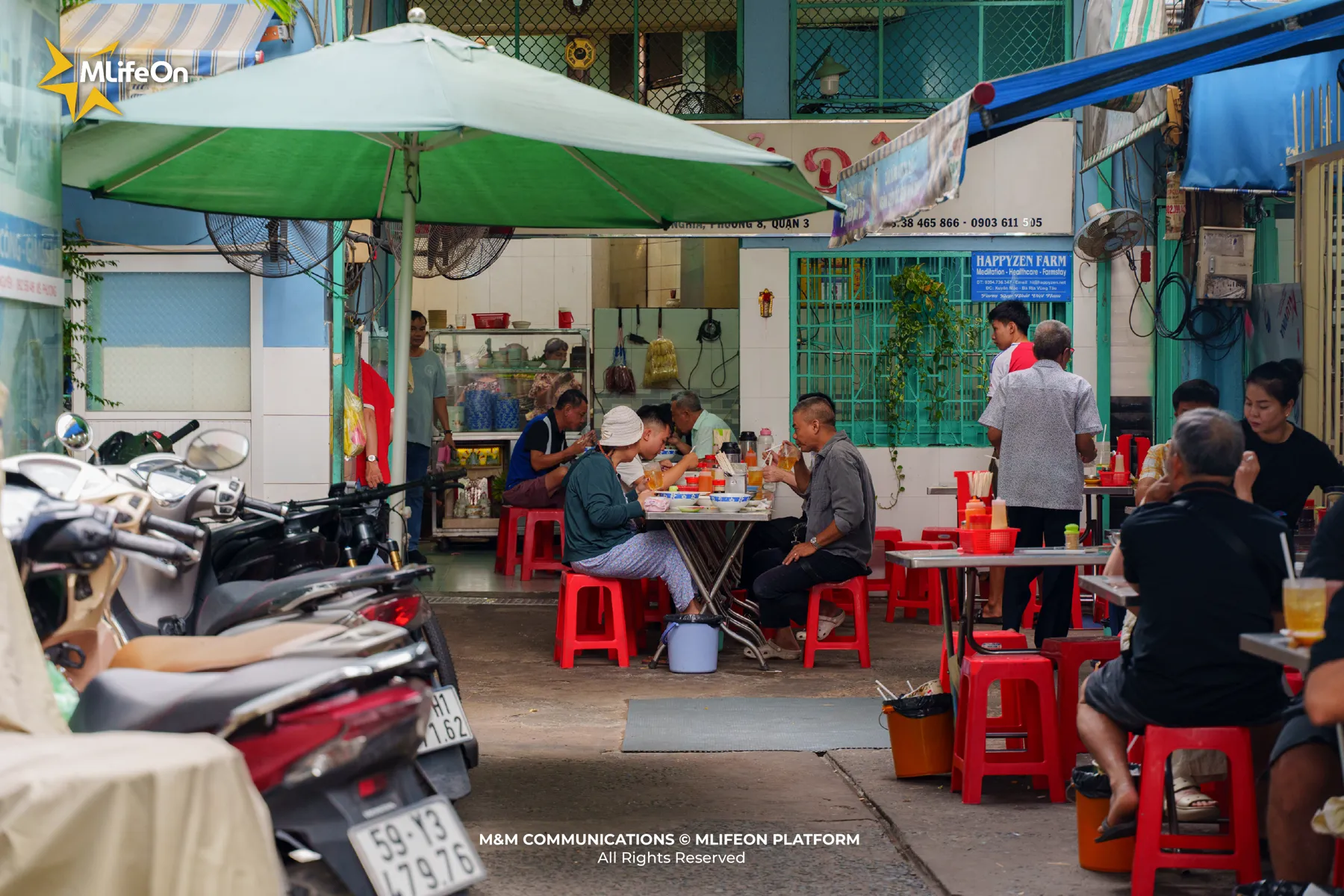
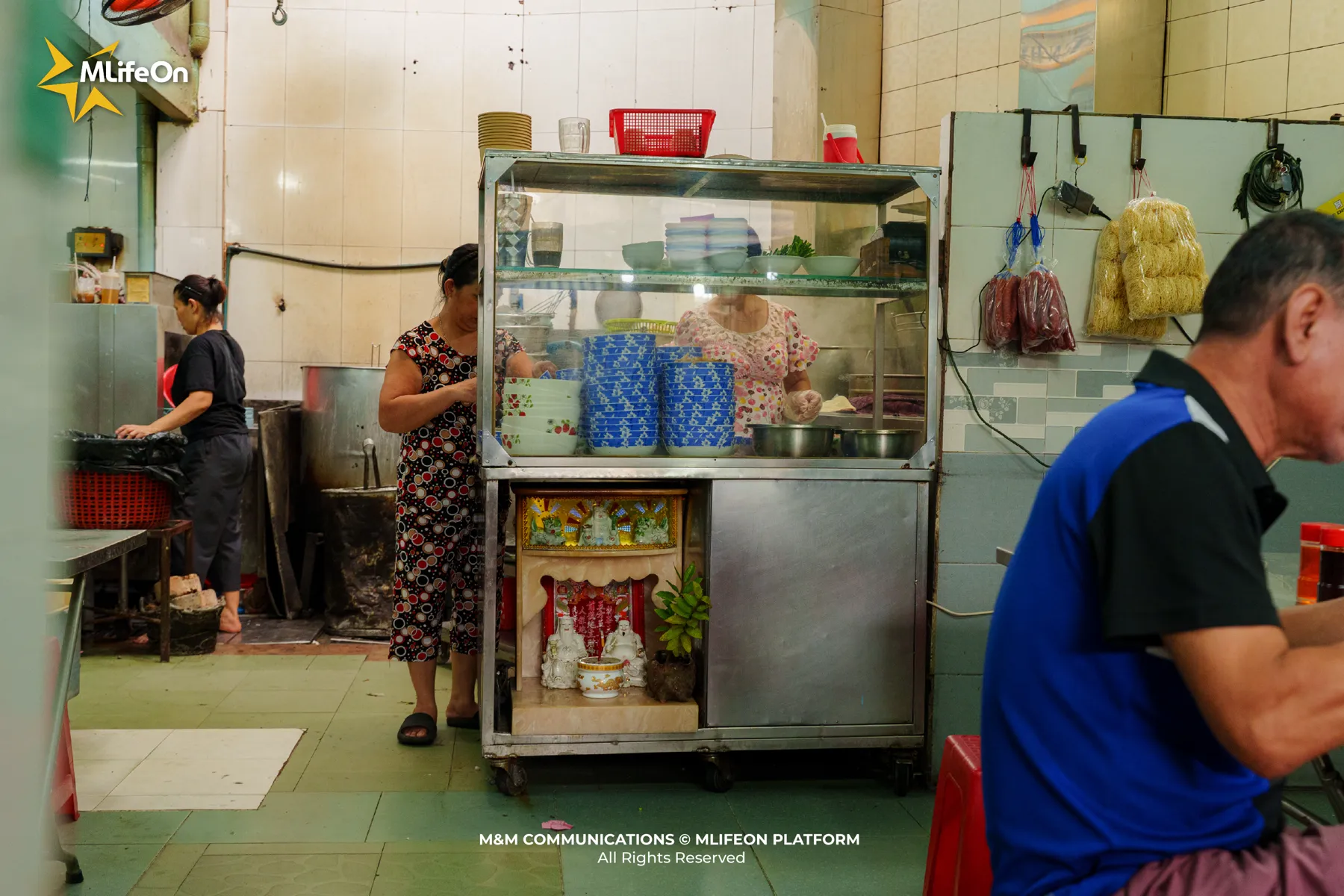
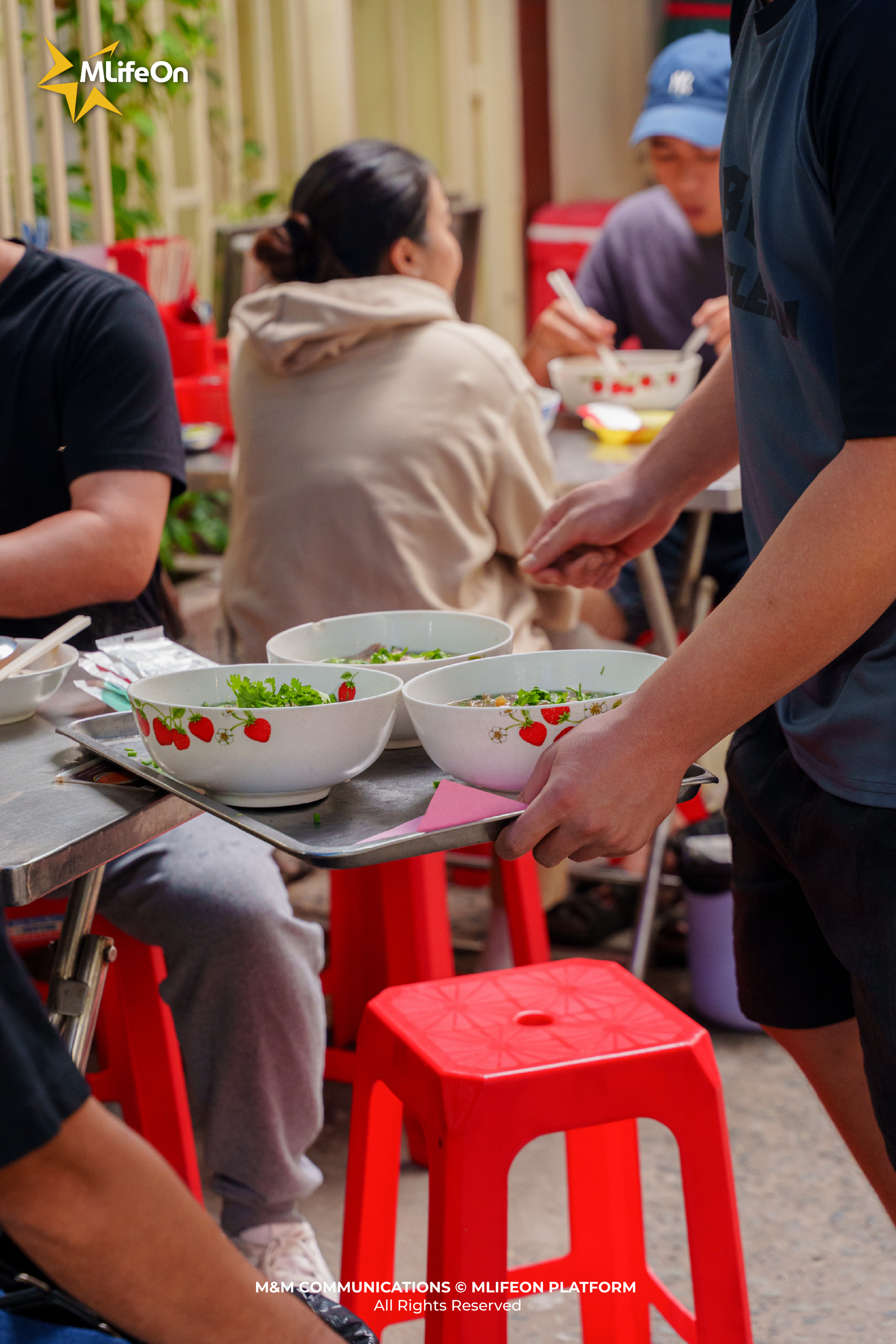
Conclusion
Pho and Vietnamese bread, a hot and elaborate dish, a convenient dish on hand. One is full of tradition, one is open to integration. But both have been, are, and will probably forever be the most unique cultural slices in Vietnamese cuisine.
Vietnamese bread and Pho, or the symbols of Vietnamese cuisine, do not need to follow trends, because these delicious dishes are already in people's hearts.
—---
CREDIT:
- Photography: MLifeOn collab with MYMO MEDIA
- Content: Giang Huynh
- Design: Bao Tram





















